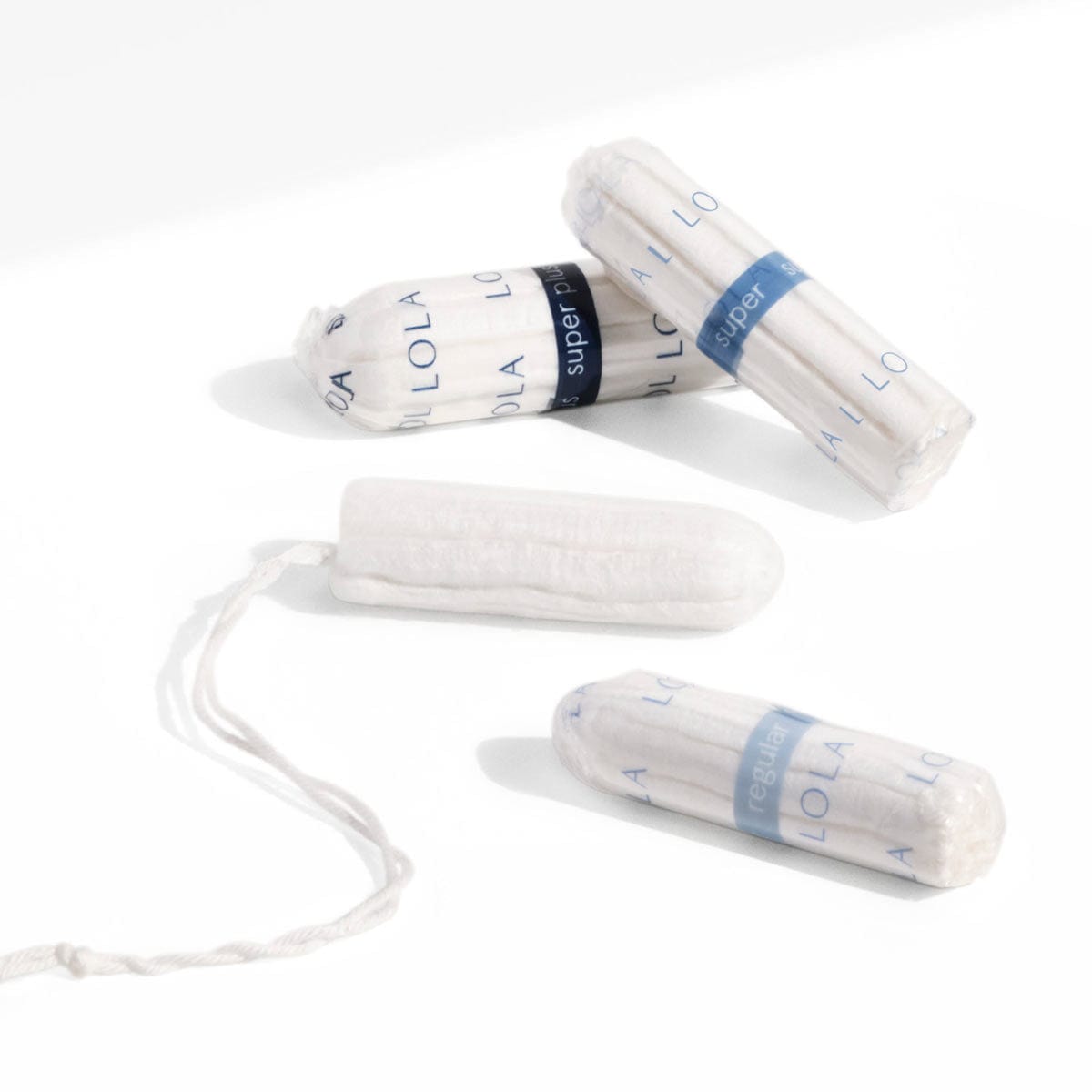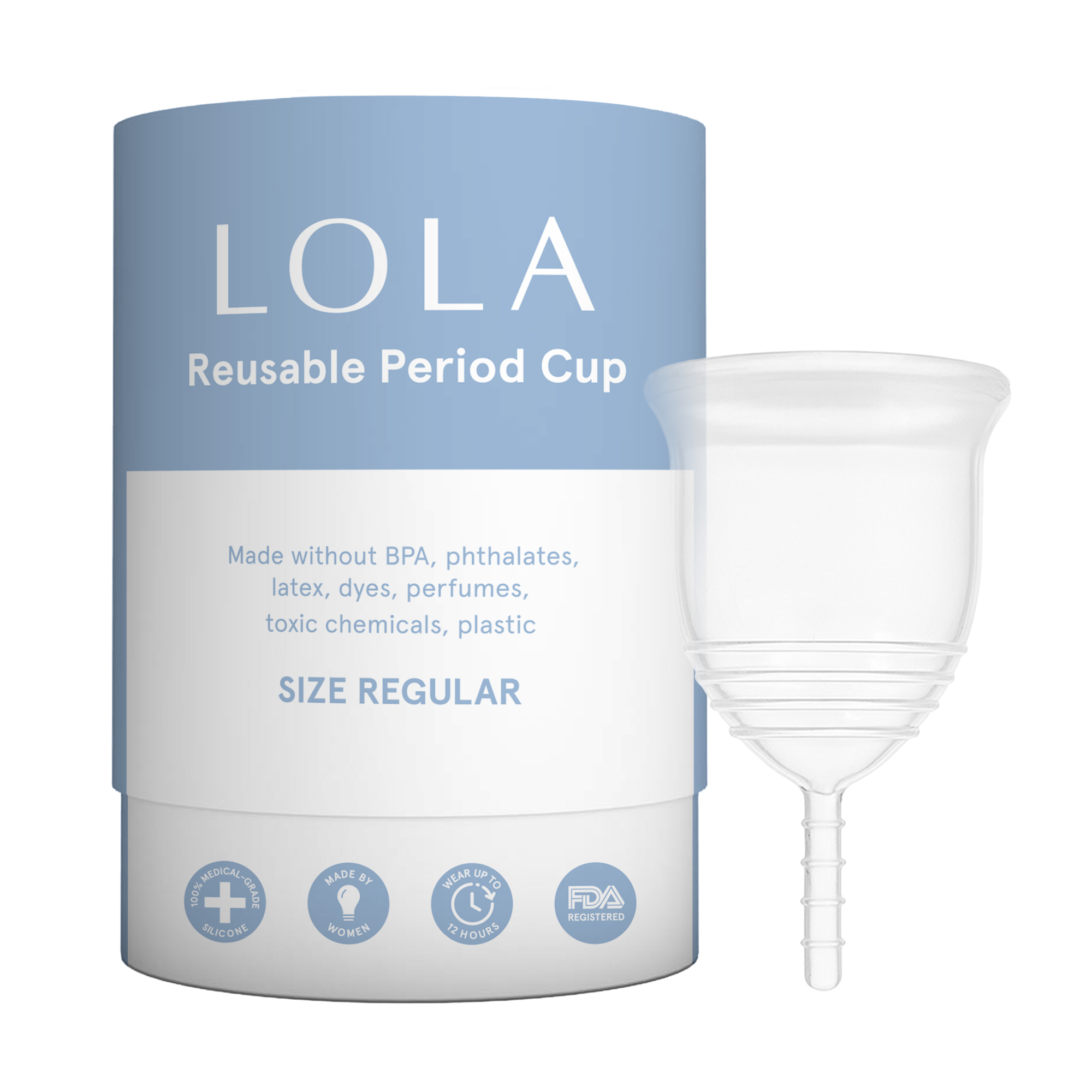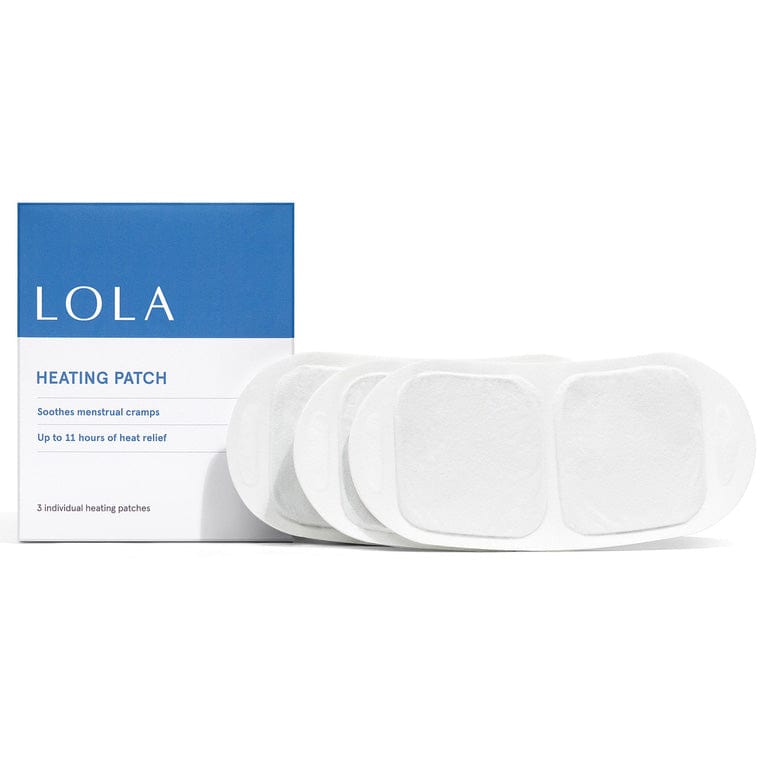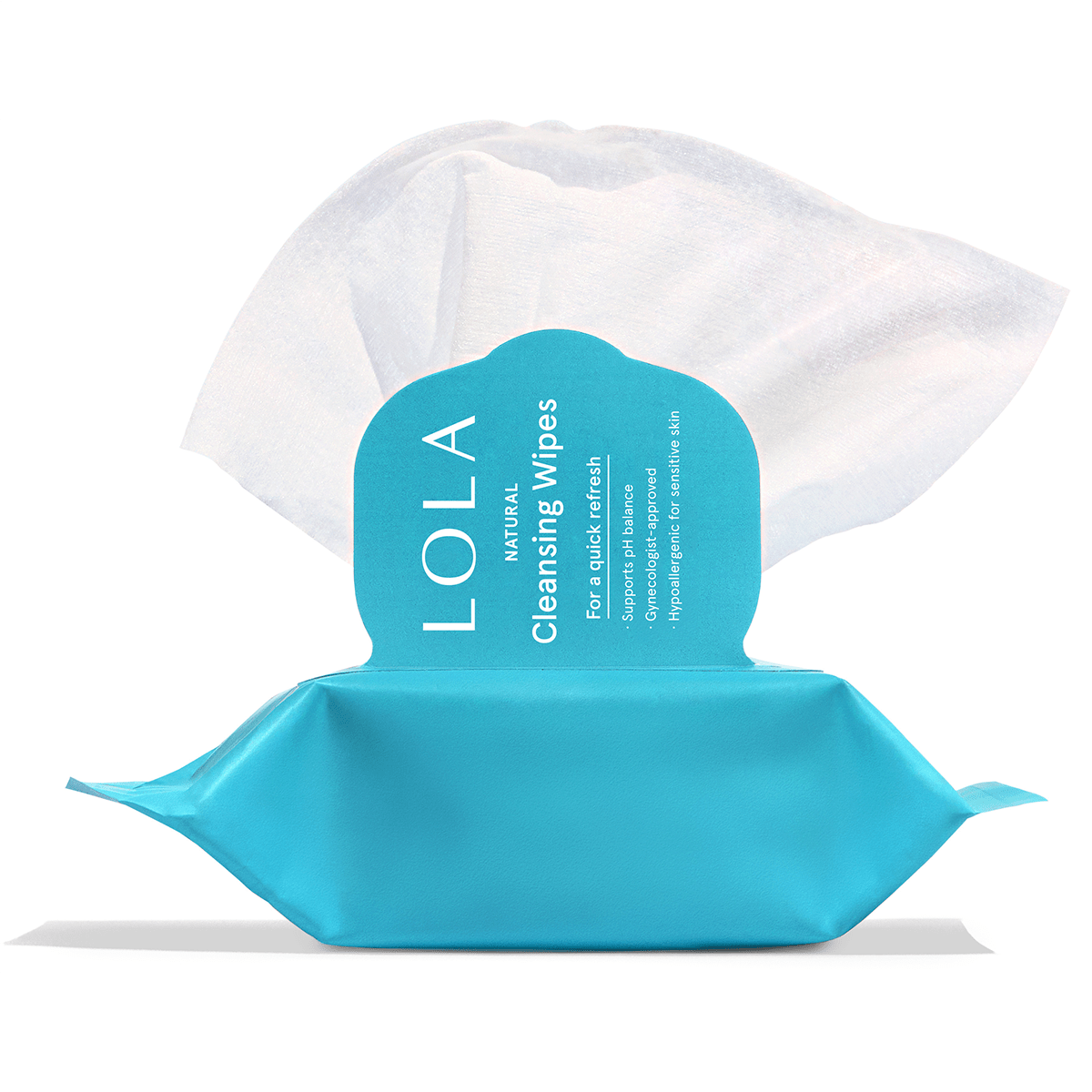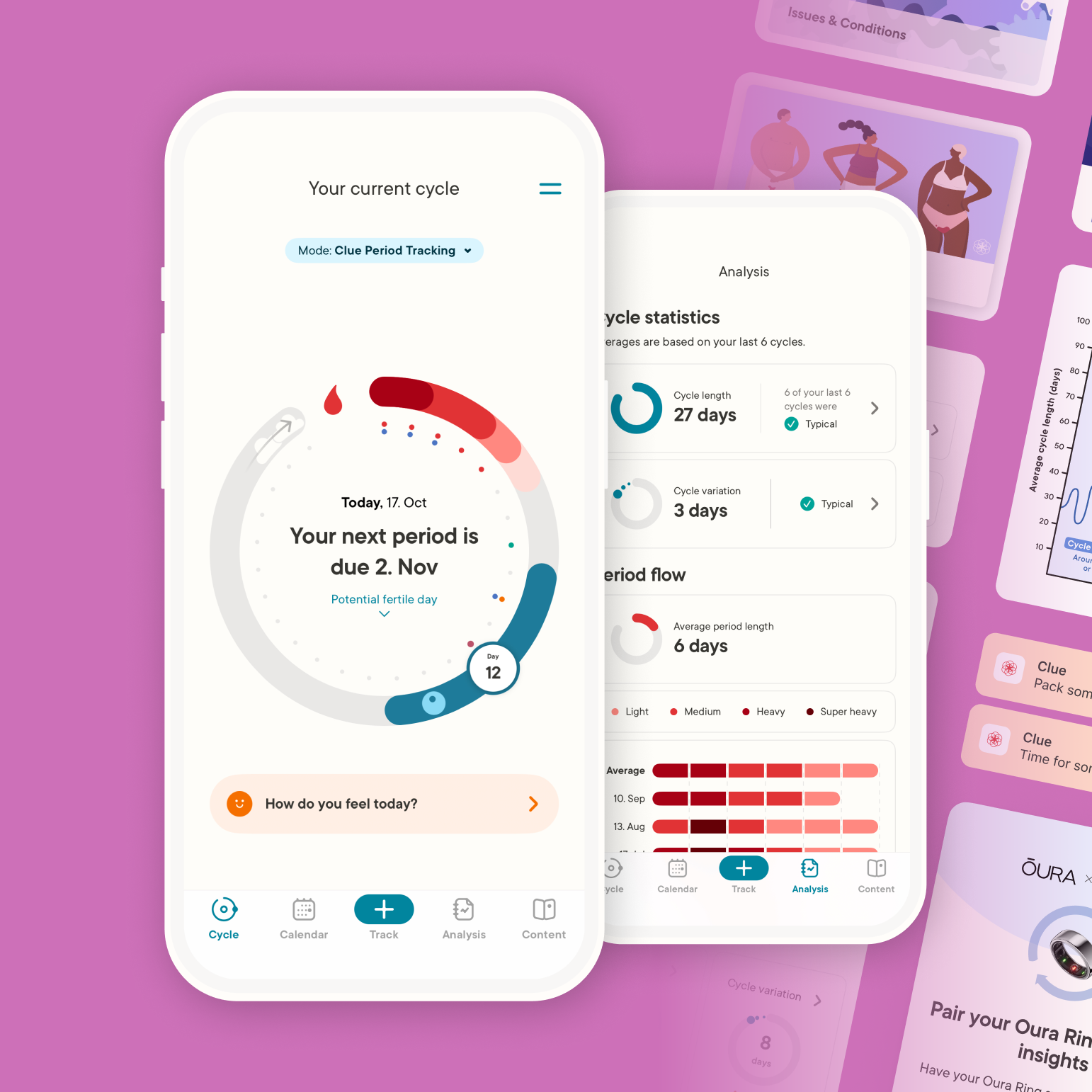Premenstrual syndrome, colloquially known as PMS, is a common side effect for those who menstruate, with many folks experiencing mood swings, irritability, cramping, or bloating in the week leading up to getting their period. But for some, this phase of the menstrual cycle comes with symptoms severe enough to warrant their own diagnosis.
If you’ve noticed that month after month, you experience PMS to the extreme, only to feel like yourself again a couple days into bleeding, you might be suffering from Premenstrual Dysphoric Disorder, or PMDD. If you’re already diagnosed with a condition like depression, anxiety, or bipolar disorder, but see those symptoms skyrocket in the week before your period, you might be experiencing Premenstrual Exacerbation, known as PME.
So how do you know if your premenstrual symptoms are run of the mill, or something that needs treatment? And how do you explain to doctors, romantic partners, friends, and even employers who may have never heard of these acronyms that what you’re experiencing is more than “just PMS”?
PMDD vs. PME: What’s the difference?
First, let’s break down the difference between the two conditions.
The International Association of Premenstrual Disorders (IAPMD), a peer support, research and advocacy group, defines PMDD as “a cyclical, hormone-based mood disorder with symptoms arising during the premenstrual, or luteal phase, of the menstrual cycle and subsiding within a few days of menstruation.” Mental symptoms may include depression, anxiety, brain fog, heightened emotionality, rage, and even thoughts of suicide; while physical symptoms range from bloating to muscle/joint pain and breast tenderness. PMDD affects an estimated 5.5 percent of folks of a reproductive age.
During the luteal phase, which occurs in the one to two weeks between ovulation and menstruation, there’s a spike and then sudden drop in estrogen and progesterone. This hormonal roller coaster results in decreased levels of serotonin, a neurotransmitter that functions as a natural mood stabilizer, leading pretty much anyone who menstruates to feel a bit cranky. But on top of the serotonin dip, those who struggle with PMDD may also have a sensitivity to allopregnanolone, a metabolite that breaks down progesterone, leading to a heightened stress response, explains Dr. Jennifer Reid, M.D., a psychiatrist and mindset and wellness coach.
Sam, 33, was only diagnosed with PMDD about a year ago but has struggled with difficult periods since she was a teenager. In her 20s, she would experience fits of anger and hysterical crying the week before her period but always chalked it up to a bad case of PMS. Once she turned 30, those premenstrual symptoms shifted to heavy depression, dissociation, and even suicidal thoughts, and that was a turning point for the Long Island resident. She recalls thinking, “I’m not really depressed because it’s not all the time. I love my life, I love my family, I don’t have suicidal thoughts [normally] — those things aren’t me. So what the heck is going on?”
The key marker of PMDD is that the extreme symptoms come on strong and then dissipate, leaving sufferers to feel like they’re “not themselves” roughly one week out of every month, only to snap out of it afterwards. On the other hand, PME takes a pre-existing mood disorder and elevates it significantly during PMS week.
While you’ll find PMDD in the Diagnostic and Statistical Manual for Mental Disorders, Fifth Edition (DSM-5)—although only as recently as 2013—PME is still very much in the early days when it comes to research and awareness. But it may be more common than most realize: according to a 2021 depression trial, a suggested rate of 60% of people with mood disorders have a comorbidity with PME.
How to advocate for your symptoms at the doctor
There are ample studies corroborating the “pain gap” that many women or women-identifying folks experience firsthand: doctors are more likely to dismiss their pain, leading to misdiagnosis of conditions ranging from heart disease to endometriosis.
If you suspect you might have PMDD or PME, it’s best to come to your appointment with a detailed account of your symptoms.
Following a blood test to rule out any underlying disorder, the standard protocol for diagnosis is to track your daily symptoms for 60 days, or two menstrual cycles, and present those records to your PCP, therapist, or OB/GYN.
You can download a period tracking app (see this Wired article about which apps rank the safest when it comes to data and privacy) or print out a paper chart at IAPMD. Also helpful: take a PMDD/PME self screener to see if your symptoms fit into the diagnostic criteria.
“The more information you have going into the appointment, the more likely it will help, and it can also show the severity of it,” advises Reid.
By reviewing your chart, your doctor can determine if there’s a pattern of flare ups during the luteal phase that then dissipates (PMDD), or in the case of PME, a temporary worsening of a mood disorder that’s present all the time.
Treatment varies depending on the diagnosis. In the case of PMDD, a psychiatrist or PCP might prescribe an SSRI like fluoxetine (generic for Prozac) to be taken exclusively during the luteal phase, whereas with PME, the patient might benefit from a daily SSRI to manage an underlying mood disorder.
Birth control pills may help balance out the fluctuating hormones, but everyone reacts differently, so it’s best to discuss options with your OB/GYN.
Be compassionate with yourself first
Tracking your symptoms can be validating, especially when it’s so easy to forget how you were feeling on any given day. “It was helpful to say to myself ‘I’m not crazy, something is going on,’” says Sam.
Putting a name to what you’re feeling can be a relief in itself. Hope, 31, says realizing PMDD was the culprit behind her monthly mood swings and mysterious crying spells helped calm her rational brain.
During the luteal phase, it’s crucial to practice self-compassion and self-care. Taking it easy while still moving your body via gentle yoga or walks can regulate your mood and energy levels if you’re not feeling physically up for more strenuous cardio. Reid recommends limiting alcohol and caffeine, which can impair sleep; staying hydrated; and avoiding anti-inflammatory foods like fried or processed foods. Calcium and magnesium supplements have been shown to calm symptoms. Limiting triggers is also a good idea: Hope says she avoids trying on or shopping for clothes during a PMDD flare-up.
Accommodations in the workplace
If you’re wondering how to explain PMDD or PME to your employer, it’s a good idea to first discuss it with your therapist or primary care physician, who can provide a doctor’s note. “Usually I ask the patient what would be a helpful accommodation, whether it’s coming in a little bit later on certain days in the month, or working from home,” says Reid.
Alison Green, who writes the Ask a Manager career-advice column, offered tips for managing PMDD in the workplace in Shalene Gupta’s The Cycle: Confronting the Pain of Periods and PMDD. Rather than disclosing your diagnosis, Green recommended the following script: “I have a medical condition that increases my stress levels and irritability X days of the month. I’m working with my doctor to get it under control but in the meanwhile I’d like to ask for [accommodation].”
How to help loved ones help you
“One of the challenges of mental health is validating and destigmatizing suffering that isn’t necessarily visible,” says Reid.
Practice being frank about what you’re going through, Reid suggests, telling friends, “‘Hey, this is what I’m experiencing. [During this time of the month] there are active changes going on in my body and brain that are making some things harder for me.’”
Of course, those close to you aren’t always the most understanding. Sam recalls a past partner who referred to her period as her “monthly psycho.” Now in her 30s, Sam makes an effort to be upfront about her diagnosis, both with new partners and trusted friends and loved ones.
This may include speaking up when you need to cancel or modify plans. “I’m feeling exhausted, I’m going to sit this one out,” or “Instead of going out, can we just chill at my house?” Even better, tell your loved ones how they can support you. During her luteal phase, Sam says it’s helpful when pals gently check in, while still “treating [her] like a normal person”: “‘Hey, how are you holding up? Need anything? Want to go for a walk?’”
Hope logs her symptoms on the Stardust period tracker, which allows you to add a user. She gave her partner access so he can see where she’s at in her cycle. “If I’m ever like, ‘Oh, I’m feeling a little off today,’ I’ll get a little notification that he looked [at the app],” she says. It can serve as a jumping off point to talk about PMDD-related mood swings, low sex drive, or just needing alone time.
If you’re not always sure what to say, online networks can provide resources. Hope follows the PMDD Collective on Instagram, a consortium of mental health professionals who post infographics breaking down the disorder in layman’s terms. “Say I’m having a hard time explaining to someone why I’m feeling a certain way; I’ll go on there, find a post and say, ‘Just read it’,” she says. Similarly, PMDD practitioner Hermoodmentor shares info and coping tips, and IAPMD lists peer support groups that can help reassure you that you’re not alone in your diagnosis.
If you think you might have PMDD or PME, there are actionable steps you can take to feel better. Tracking your cycle, talking to your doctor, practicing self-care, and seeking out support systems, from close friends to online communities, can put you on the path to getting the care you need.


